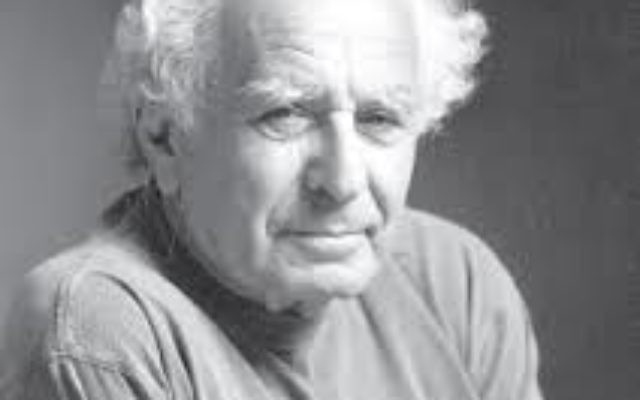Lag B’Omer in Munkacs
By Eugen Schoenfeld | One Man’s Opinion
At the second Pesach seder, traditional Jews, as most of us were in my shtetl, Munkacs, begin the Torah-prescribed ritual of counting the Omer. And, like so many hukim, the prescriptions and proscriptions in the Torah, the text offers no reason for this practice.
We Jews observe the hukim because at Mount Sinai we proclaimed as one, “Naase v’nishmah” —we will listen and perform. Of course, our ancient sages sometimes tried to give meaning to such ordinances in the midrashim.
The first mystery is the name Omer. Technically, an omer was a measure of volume; it was the amount of barley Jews brought as a sacrifice in the Temple on Shavuot as part of the bikurim (the first fruit offering).
But that sacrifice was practiced only after the Jews settled the land and tilled the soil; that Temple practice does not explain why we were commanded to count the 49 days between Passover and Shavuot.
Some midrashim propose that there were 49 days of jubilation in anticipation of receiving the Torah. So why did the rabbis turn that jubilant period into days of mourning? Was it because, as we are led to believe, it was a period of rebellion when Israel suffered not only the torture of Roman laws, but also a plague that killed 24,000 Jews?
These 49 days, sans Shabbat, Rosh Chodesh and the 33rd day of the count, involve restrictions associated with mourners: no music, no entertainment, no weddings, and no hair cutting or beard trimming. But Lag B’Omer, the 33rd day, is a festive day on which all mourning restrictions are eliminated.
Lag B’Omer is the yahrtzeit of Bar Yochai, who defied Roman Emperor Hadrian’s (117-138 C.E.) harsh decrees against studying and observing the Torah. Even today, thousands of religious Jews, especially Mizrachi Jews, descend on Merom, where Bar Yochai is buried, to express intense joy.
We schoolchildren in Munkacs celebrated this day by creating miniature bows and arrows and shooting them in a field.
Who was Bar Yochai, and why the bows and arrows? Shimon bar Yochai was an early mystic who supposedly was one of founders of Kabbalah. In response to Hadrian’s harsh rules, he and his son hid in a cave, where G-d created a spring that quenched their thirst and a carob tree that provided sustenance.
His students, carrying bows and arrows to disguise themselves as hunters, gathered in the cave to study. After Bar Yochai died on Lag B’Omer, his followers decreed that his yahrzeit should be a festive day.
In 1939, shortly after the Hungarians replaced the Czech regime in Munkacs and as a German ally instituted harsh anti-Semitic laws, my primary commitment in Judaism was turning from religion to Zionism. I joined my friends in the Betar movement, based on Ze’ev Jabotinsky’s Zionist ideology emphasizing militancy.
My Lag B’Omer hero shifted from Bar Yochai to Bar Kochba, who, with Rabbi Akiva’s support, led the last great Jewish uprising against Hadrian.
Each Lag B’Omer was celebrated by the students of my school, the Hebrew Gymnasium, with a traditional outing in a forest. Each class had its own destination. Carrying backpacks with food and drink, we spent the day meandering about in the beautiful Carpathian foothills until midafternoon, when all classes gathered in a particular clearing.
Our first task in the clearing was the building of the medurah, a traditional bonfire. We gathered fallen trees, branches, anything that would burn. Slowly the wood was piled high, and the ritual began.
The graduating class officially turned over the school leadership to the next class, and it was time to kindle the bonfire. The class that donated the most to Jewish National Fund had the privilege to light the fire.
Night began to fall, and as the fire began flickering, we quietly and languorously sang the Hebrew song “Meduroth Hidliku,” calling for dancing and rejoicing as the flames rose.
The graduating class formed the first circle, and, as the space permitted, everyone joined in a rousing horah.
As the fire abated, we gathered by class and marched back to the city. Outside the main street we formed our lines, raised our blue-and-white class flags, and, in spite of raging anti-Semitism, marched into the city singing “Am Yisrael Chai” — Israel lives forever.





comments